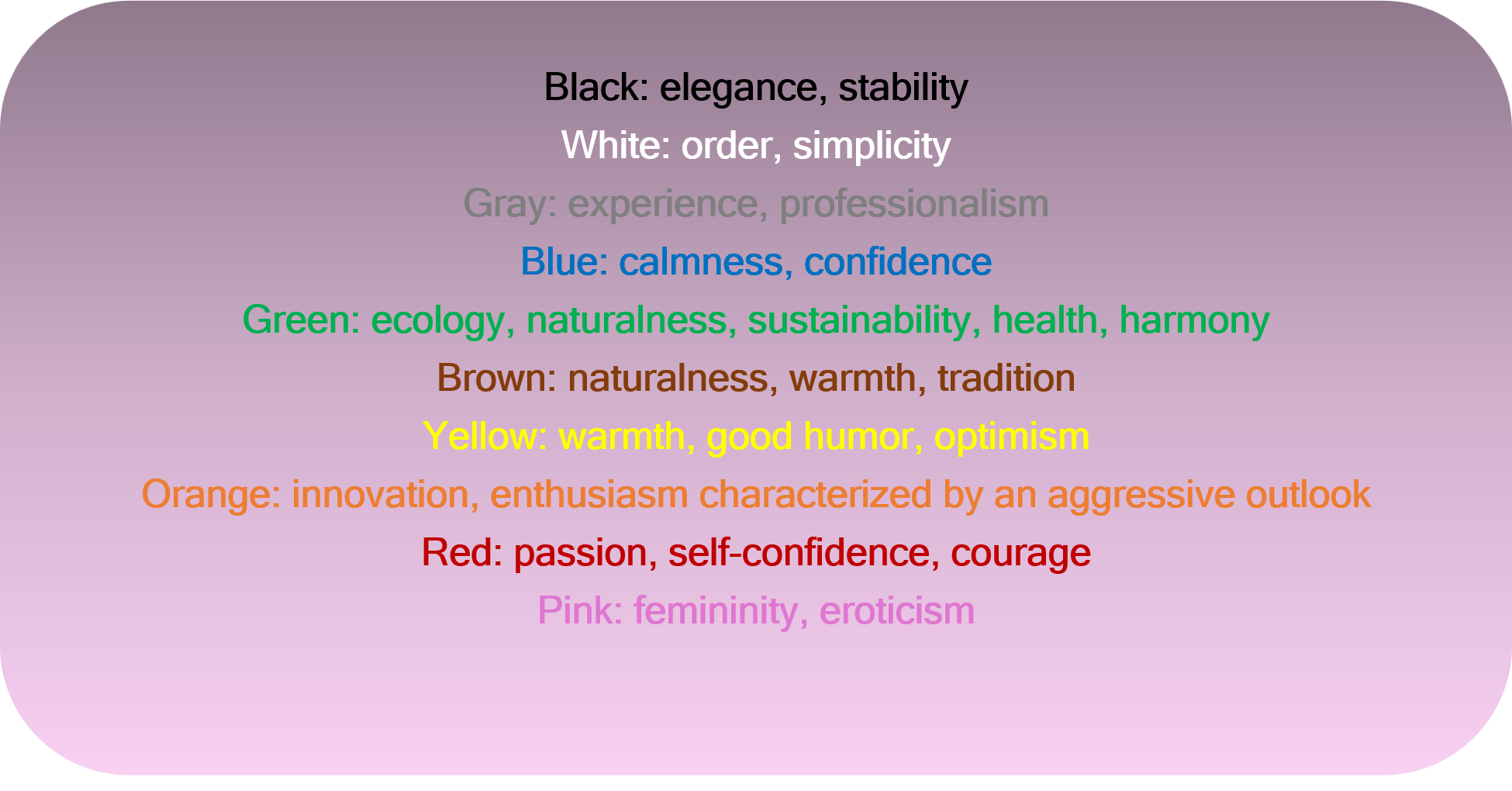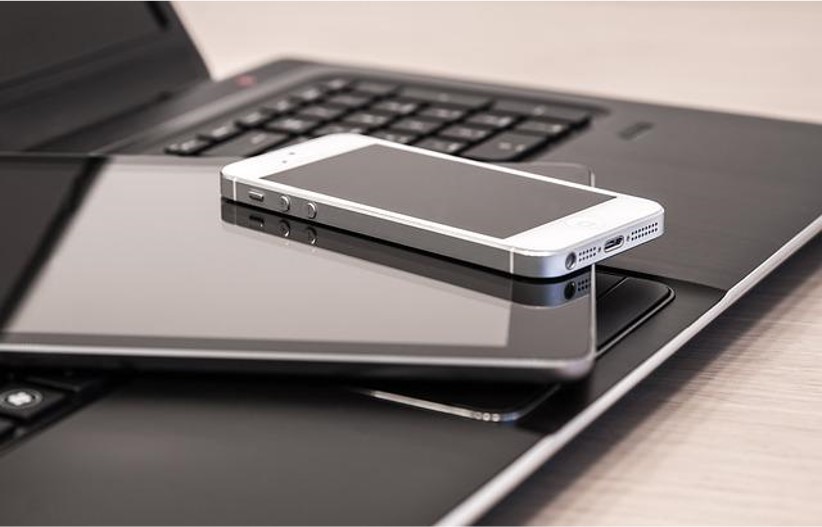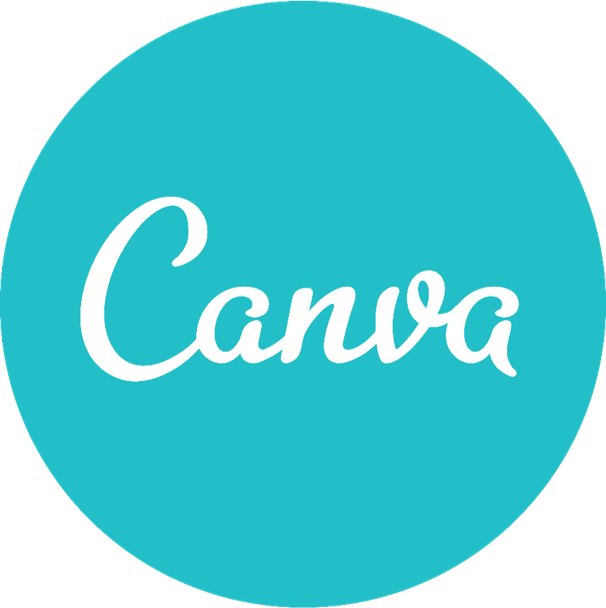 Personal Branding: what does that mean? Personal Branding: what does that mean?
Introduction Click to read Click to read
| Personal Branding means strategically managing your professional image: what others perceive about you that will make them choose you over someone else. |
| By applying Personal Branding you can consolidate your positioning, differentiate yourself from others, and make yourself more recognizable and memorable. |
 |
| |
Personal branding means strategically managing one's professional image. |
The goal of branding Click to read Click to read
| The goal is to make a name for yourself and effectively communicate your value. The challenge is to influence in advance the people who are most important to you, such as customers, employers, colleagues, or managers. |
 |
|
| Personal Branding means setting up a strategy to identify or define your strengths, what makes you unique and different from your competitors, and effectively communicate what you can do, how you can do it, what benefits you bring, and why others should choose you. |
| |
 |
|
| Without personal branding, you would be perceived as the same as everyone else and therefore it would be impossible to stand out! |
Start with your personality and uniqueness, your strengths, to build a lasting, two-way relationship with your audience, capable of strengthening and even, very often, improving your Brand and attracting new opportunities.
|
Summing up Click to read Click to read
| Summing up |
 |
Personal branding means strategically managing one's professional image |
|
|
 |
The goal is to make a name for yourself and effectively communicate your value
|
 What is branding for and why is it important? What is branding for and why is it important?
Branding for company, costumers, competitors Click to read Click to read
|
Branding is important not only because it sticks in consumers' memories, but also because it allows your customers to form real expectations about your company.
It is a way of standing out from your competitors and communicating what you offer and why you are the best choice. With your brand you can convey a particular feeling or image to your potential customers.
|
 |
|

|
| |
|
The purpose of branding is to enable potential customers to quickly and easily understand what you stand for and what you have to offer.
This is important, because a strong brand image has a huge impact on how your customers (and potential customers) react to your products (and prices).
It is critical that your company's logo and graphic identity match the attitudes, wants, and needs of your target group.
|
Summing up Click to read Click to read
| Summing up |
 |
Branding is a way of standing out from your competitors and communicating what you offer |
|
|
 |
A strong brand image has a huge impact on how your customers react to your products |
 5 steps to define your logo 5 steps to define your logo
Setting your identity Click to read Click to read
|
1. Establish who you are and who you want to address.
What does your company represent? How do you position yourself in the marketplace? What type of customer do you want to target?
|
 |
 |
Defining the style Click to read Click to read
|
2. Define the style of your logo
There are different types of logos that are the result of a varied combination of fonts and graphic elements.
In some cases, we have examples of pure "text logos" or "graphic logos".
Of course, your logo can also combine both graphic elements and fonts in different ways.
|
|
| |
 |
|
Finding the right option for you depends on one hand on the essence of your brand, and on the other on the name and degree of notoriety of your company.
In case of start-ups, whose reputation is still undefined, the logo must first be created. For this reason, the brand name absolutely must be included in the logo
|
 |
Right colours Click to read Click to read
| |
3. Choose the right colours
Colours have a huge psychological impact: each colour is associated with certain emotions.
Try to limit yourself to one or two colours, or at most three.
|
 |
| |
| In the next slide you can find an overview of the characteristics you can express with your choice of colours… |
| |
 |
Right font Click to read Click to read
|
4. Find the perfect font for your business
If your logo contains fonts, the next step is to choose the appropriate font. Ideally, the font and image should not only stand next to each other, but also reinforce each other.
It is essential that the font fits perfectly not only with your logo, but also with your corporate identity.
On Google Fonts you will find an overview of the different types of fonts.
|
 |
| |
| |
| |
| |
| |
| |
| |
Final adjustments Click to read Click to read
| |
5. Add the final adjustments
The logo, color choice, and font were revised and coordinated with each other at the same time.
Sometimes it's helpful to spend a few days on something else, and then go back to work on your logo with a clear head. Also, be sure to check exactly what file formats you will need for the logo to avoid complications in the future
|
| |
|
Summing up Click to read Click to read
 Social media platforms: why to use them and which ones? Social media platforms: why to use them and which ones?
Why the social media? Click to read Click to read
There are a number of reasons why establishing a strong social media presence is absolutely essential for any business that wants to succeed.
|
1. Improves public perception.
Social media can be used to build an online reputation or to improve an existing one.
|
 |
2. Increases visibility
Social media is rightly seen as one of the most effective networking tools.
|
 |
3. You can address your target group
Social media creates numerous touch points with potential customers, allowing you to market your products more effectively.
|
|
4. Customer loyalty increases
You will be able to respond promptly to any complaints, questions and suggestions from your customers who leave a review on your site. Quick responses create greater customer trust in a brand.
|
 |
5. Increase the power of marketing
You can use other marketing channels, such as your blog, newsletters, webinars, and other offline or online events to give a boost by exploiting the power of social media.
|
Which social media? Click to read Click to read
Summing up Click to read Click to read
| Summing up |
 |
Establishing a strong social media presence is essential for any business that wants to succeed |
|
 |
Choosing the right social media platform depends on the nature of the business |
|
 |
Do not invest in more than 2 or 3 social networks at the same time, at least in the beginning |
 Branding on Social media: a few tips Branding on Social media: a few tips
Uniform style Click to read Click to read
 |
1. Use a uniform style
Be sure to use the same versions of logos, fonts, color schemes, graphic templates, etc. on all your social media platforms.
|
| |
| |
| |
Image size Click to read Click to read
| |
2. Comply with image size requirements
The size, resolution and parameters of your logo
must meet the requirements of any social media platform.
|
|
 |
Simplified logos  Click to read Click to read
|
|
 |
|
3. Use simplified logos.
If a social media platform requires a small profile picture, it might be a good idea
to use a simplified version of the logo, such as without text.
|
| |
| |
Profile & cover images Click to read Click to read
|
|
 |
|
4. Make your profile picture and cover image stand out.
It is important that your profile image and your cover image have the same design and colour scheme.
|
| |
| |
Optimize pages Click to read Click to read
 |
|
|
|
|
5. Optimize pages for the of mobile devices.
It is important to test your page on different devices
such as a regular computer, laptop, tablet and smartphone.
|
| |
| |
| |
| |
| |
Summing up Click to read Click to read
| Summing up |
 |
Use a uniform style |
|
 |
Comply with image size requirements |
|
 |
Use simplified logos |
| |
|
|
|
|
|
|
|
 |
Make your profile picture and cover image stand out |
|
 |
Optimize pages for the of mobile devices |
|
 Common digital personal branding tools Common digital personal branding tools
Useful online tools Click to read Click to read
|
|
 |
| To freely and quickly create a custom logo, there are several online services, programs, and mobile apps available to achieve this goal. They will allow you to give your social media pages a more personalized appearance |
| |
| |
|
|
Namecheap.
This is a free Web tool that automatically
generates abstract-type logos
that you can then customize directly
in your browser before downloading them to your PC.
|
| |
| |
 |
|
|
Canva. It is a free online service (in its basic version) that allows you to design logos, flyers, graphic content for the Web and more directly online from ready-made symbols and shapes, and also to upload images and customized content. It allows you to download high-resolution versions of the logo being created, even as PDFs.
|
| |
| |
 |
|
|
Inkscape is a totally free and open source program
available for Windows, macOS and Linux
that allows you to create a vector logo
|
| |
| |
 |
|
|
Another very powerful software is Adobe Illustrator: it is the vector graphics software employed by professionals in the field to create logos. The program offers 7-day free trial, after which you need to subscribe to a fee-based plan.
|
| |
| |
 |
|
|
Logaster:
allows you to create and download
logos specially adapted to various social media platforms.
|
| |
| |
 |
Other useful tools are:
| Sproutsocial: allows you to adapt your images to the specifications defined by major social media platforms. |
Pablo: You can search for large cover images and add them to your text. |
 |
 |
Summing up Click to read Click to read
| Summing up |
 |
Online services, programs, and mobile apps will allow you to give your social media pages a more personalized appearance |
|
|
 Branding and Personal Branding
Branding and Personal Branding 
 Personal Branding: what does that mean?
Personal Branding: what does that mean?  Click to read
Click to read  Click to read
Click to read  Click to read
Click to read  What is branding for and why is it important?
What is branding for and why is it important?  Click to read
Click to read  Click to read
Click to read  5 steps to define your logo
5 steps to define your logo  Click to read
Click to read  Click to read
Click to read  Click to read
Click to read  Click to read
Click to read  Click to read
Click to read  Click to read
Click to read  Social media platforms: why to use them and which ones?
Social media platforms: why to use them and which ones? Click to read
Click to read  Click to read
Click to read  Click to read
Click to read  Branding on Social media: a few tips
Branding on Social media: a few tips  Click to read
Click to read  Click to read
Click to read  Click to read
Click to read  Click to read
Click to read  Click to read
Click to read  Click to read
Click to read  Common digital personal branding tools
Common digital personal branding tools  Click to read
Click to read  Click to read
Click to read 


































